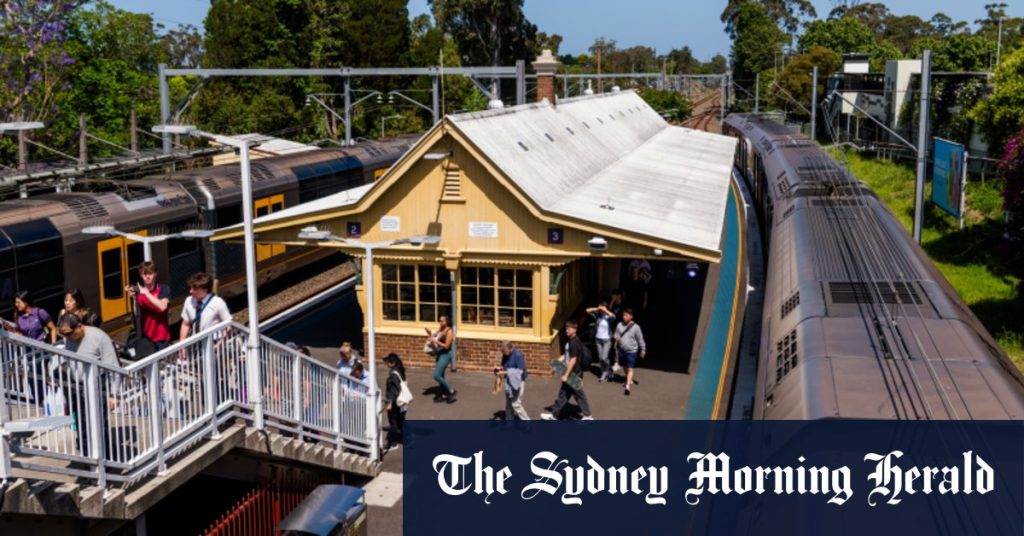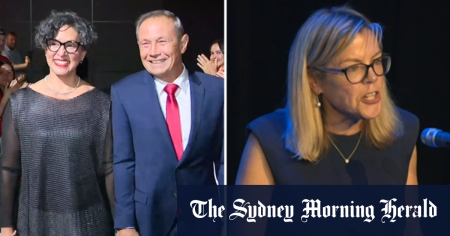The Ku-ring-gai Council, located in Sydney, has engaged in a contentious struggle against New South Wales (NSW) Labor’s initiatives aimed at increasing housing density around major transport hubs. In light of ongoing mediation discussions with the state government, a confidential agreement has been reached that may transform the development landscape on the upper north shore. Planning Minister Paul Scully announced that this agreement will facilitate the construction of tens of thousands of apartments around key railway stations, specifically Gordon, Killara, Lindfield, and Roseville. This initiative aligns with the Minns government’s Transport-Oriented Development (TOD) program, which seeks to promote higher-density living close to public transport to address the growing housing demand in the area.
Previously, the state’s objective involved modifying existing planning controls to permit the erection of apartment buildings of up to six storeys within a 400-meter radius of these stations. The anticipated changes, implemented in May, aimed to generate roughly 23,200 new residences within these strategic locations. However, the initial push for increased housing density was met with fierce resistance from Ku-ring-gai councillors. In response to what they perceived as a lack of consideration for essential infrastructure impacts and the preservation of green spaces, the council voted unambiguously in favor of legal action against the state government, contesting the proposed rezoning measures in the NSW Land and Environment Court.
The council’s frustrations were compounded by the belief that the government had neglected their concerns regarding infrastructure strain and green space preservation in the face of aggressive housing targets. In anticipation of a prolonged legal process, Ku-ring-gai Councillors initiated alternative planning studies aimed at exploring other potential frameworks for development around the train station precincts. These studies reflect the council’s commitment to balancing housing needs with local community interests, particularly in ensuring that adequate infrastructure and green spaces are maintained amidst expansions.
Minister Scully had earlier criticized the council, labeling it the sole council in the Sydney area to reject cooperative efforts with the state government concerning its housing reforms. His accusations suggested that the council’s legal maneuvering was merely a waste of ratepayer funds during a critical housing crisis. Despite this clash, recent developments point to a turnaround where the state government is now collaborating with the council to create planning frameworks that would not only meet but potentially exceed the new housing requirements set forth by the TOD program.
The evolving partnership between the Ku-ring-gai Council and the NSW state government could pave the way for a significant increase in housing stock, potentially alleviating some pressure off the local housing market. Scully’s recent comments underscore a shift in tone, suggesting that the state is willing to work alongside local authorities to ensure that development is both sustainable and beneficial for existing communities. This proactive engagement represents a pragmatic approach to resolving conflicts inherent in urban planning, particularly in areas marked by both historical significance and community identity.
As Sydney grapples with an escalating housing crisis, initiatives like the one emerging in Ku-ring-gai will be crucial. They not only expand residential options but also challenge local councils to adapt their frameworks to contemporary demands. The resolution between the Ku-ring-gai Council and the state government illustrates the necessity of balancing varied stakeholder interests, ultimately aiming for sustainable urban growth that accommodates both new residents and existing community values. The success of this agreement could become a model for other councils facing similar pressures to innovate housing solutions while respecting local community dynamics.










